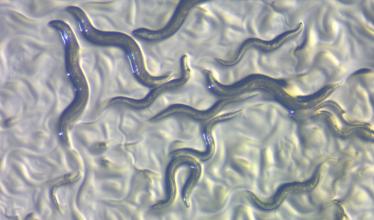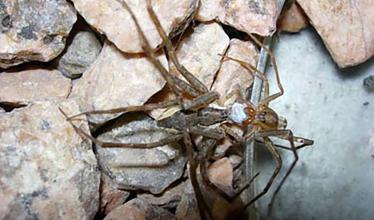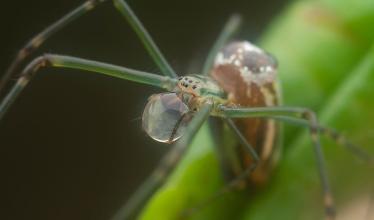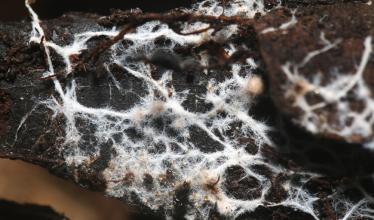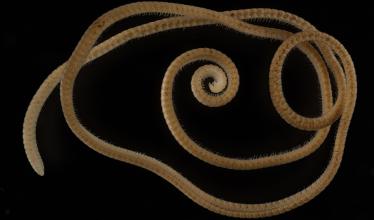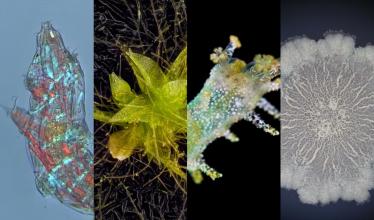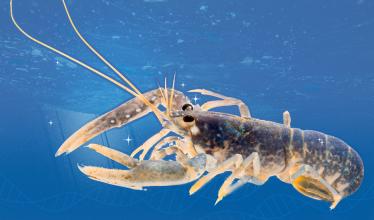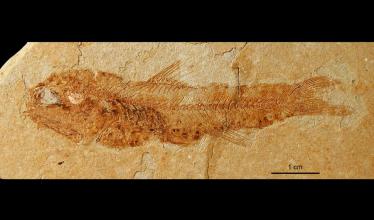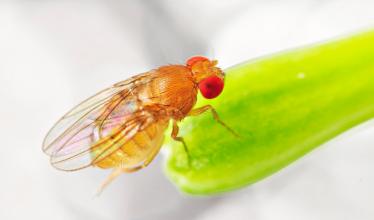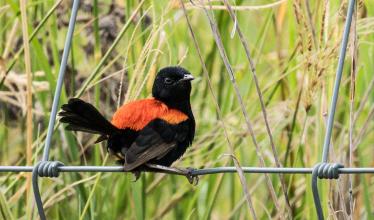Biology
When hermaphroditic worms that usually self-fertilize are exposed to stressful high temperatures, they produce offspring that mate earlier than normal.
The finest silk wrapping can keep females occupied for just long enough.
The mega-mawed spider appeared to use the water to reconstitute dried-up food.
Researchers want to use fungi to try to promote forest growth.
The results could warrant further research into how enzymes function in space.
A newfound millipede with 1,306 legs has the most legs of any known animal, researchers say.
Contenders in Nikon Small World in Motion video contest showcase wonders from the microscopic world.
Examining small molecules that attach to DNA strands can help build a sense of a lobster's age.
Analysis of fish ear bones reveals how bioluminescent lanternfish became so abundant.
Scientists identified competing neural pathways that control flies' decision making.
Experiments on fox squirrels show they know the perfect combination of speed, springiness and "parkour movements" to get their nuts.
When their homes burn, male red-backed fairywrens fail to develop their brilliant plumage.

